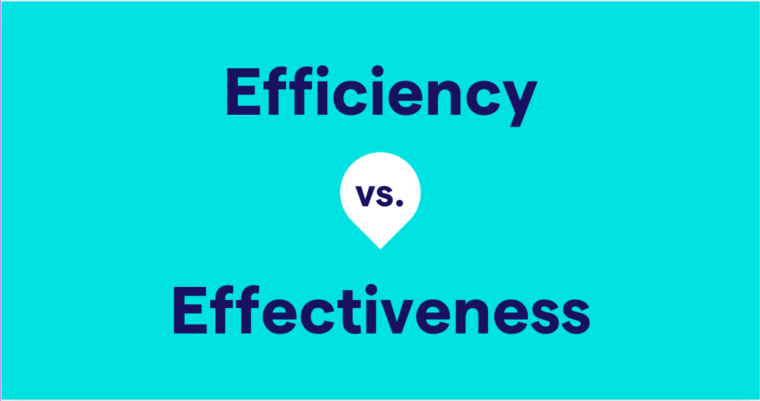
- To is a preposition with several meanings, including “toward” and “until.”
- Too is an adverb that can mean “excessively” or “also.”
- Just to be clear: Two is also pronounced the same as to and too, but because it refers to a number, it’s not as easy to confuse for one of the other words.
In the hierarchy of things that drive grammar sticklers mad, to and too are near the top. It’s very common to see them confused, abused, and misused, and not just in YouTube comments or on Reddit. People seem to mix up these two funny little words all over the place, and it’s something that can happen to anyone.
To vs. too: What’s the difference?
The difference between to and too is how they’re used. While both are homonyms (they are pronounced the same), their usage and meanings are very different.
- to is a preposition, as in “Let’s go to the mall.”
- too is an adverb that means “also,” as in “I’ll go to the mall too!”
How to use to
To is a preposition and a versatile little word that can be used to say many things. You can use it to indicate a goal or a direction of movement, as well as a place of arrival. That’s the way you use it when you say you’re going to class tomorrow. To also plays a role when we want to form the infinitive of a verb (that’s what the to before form in this sentence is doing).
You’ll often use to when you want to indicate a relationship between words such as possession, attachment, or addition. You get attached to people, you have things that belong to you. To is also used to indicate a range or a period of time, like when you say finishing something will take you five to ten minutes.
There are other situations in which we use the word to, but by now you should know enough of them to notice the difference between it and too.
How to use too
Too is also a useful little word, but it’s not a preposition like to, and it doesn’t have as many meanings. You can use it instead of besides, in addition, also, or as well. But you can use it for other things, too, like when you want to indicate excessiveness. If you find grammar tough, you can say that it’s too hard. In casual speech, speakers sometimes use too in the sense of very: “That cat is too funny!”
To, too, and two: homophones
Apart from being spelled very similarly, to and too are pronounced the same—[too]. And there’s another word that’s also pronounced that way: the number two. We call words that share a pronunciation homophones, and if you take a look at any list of commonly confused words, you’ll find plenty of homophones on it. Words like there, their, and they’re; your and you’re; and bear and bare are up there along with to, too, and two. It doesn’t matter whether the homophones have different meanings and uses or if they are in completely different word classes; we still mix them up.
How to remember the difference between to and too
Since they are pronounced the same, you don’t have to worry about mixing up to and too in speech; it’s keeping track of the right spelling of each word when writing that can be tricky. But there’s an easy way to make sure you’re using the correct word: Too can be replaced with also, very, or excessively, so when you want the word that means extra of something, use the one with an extra o.
Examples of to vs. too
- I plan to explore the Bermuda Triangle.
- This song is dedicated to Mika, with love.
- Shana would like to play one more round of poker.
- The Frisbee didn’t go far—maybe one to three yards.
- Jamie didn’t want any more tea; it was too sweet for them.
- I want to see the mountains and the ocean too.
- We wanted to go by ourselves, but our parents came too.
- Even though she’d made a final push to win the marathon, it was too little too late.






